Air Quality Data (Environmental Monitoring Agencies)
Meaning:
Description:
What if...
Generative AI for Destination Marketing & Awareness:
1. Dynamic City Guides: Imagine a tourist app that uses air quality data to generate dynamic city guides. These guides could highlight areas known for cleaner air, recommend outdoor activities suitable for specific pollution levels and showcase attractions best experienced during low-pollution periods.
2. Engaging Public Health Messaging: Generative AI could create creative and targeted public health campaigns about air quality. This might involve generating catchy slogans, educational animations or personalised social media posts based on air quality data in specific areas.
3. Sustainable Tourism Promotion: By leveraging air quality data, tourism boards could develop marketing campaigns that promote destinations known for their clean air. Generative AI could create compelling visuals or slogans highlighting the health benefits of visiting a location with fresh air.
Generative AI for Personalised Health & Travel Planning:
1. Optimised Itinerary Planning: Imagine an AI travel assistant that analyses air quality data alongside a visitor's health profile (asthma, allergies). It could then generate personalised itineraries that prioritise outdoor activities during times of good air quality and suggest alternative indoor experiences during periods of high pollution.
Health-Conscious Route Planning: Generative AI could create dynamic walking or cycling routes that consider air quality data in real-time. This would allow visitors to choose paths with cleaner air, potentially leading to a more enjoyable and healthier sightseeing experience.
Proactive Health Recommendations: Based on air quality data and a visitor's health profile, AI could generate personalised health advisories. This might include suggestions to wear masks in areas with high pollution levels or recommending specific medications for those with respiratory sensitivities.
These examples showcase how generative AI, combined with air quality data, can be used to create a more personalised and health-conscious travel experience for visitors while also promoting sustainable tourism practices.


